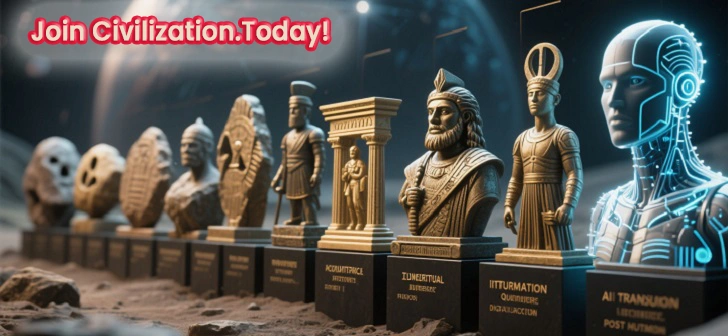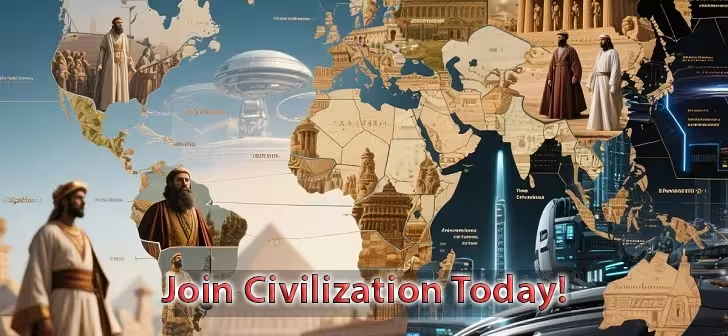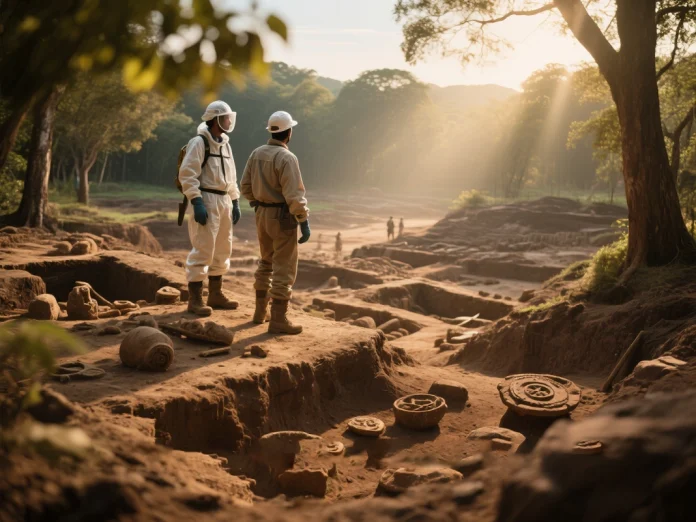Unveiling the Lost Cities: Recent Groundbreaking Excavations
In the shadow of history, beneath layers of soil, sand, and time itself, lie the remains of civilizations that shaped our world. These are the lost cities—forgotten hubs of culture, power, and innovation that vanished due to natural disasters, wars, or the inexorable march of time. In recent years, thanks to cutting-edge technology and relentless archaeological passion, lost cities excavation projects have been unearthing extraordinary finds that rewrite what we thought we knew about the past.
From the dense jungles of Central America to the dry deserts of the Middle East, every excavation tells a story—one of human ambition, resilience, and mystery.
1. The Magic Beneath the Jungle: El Mirador, Guatemala
Deep in the Guatemalan rainforest, archaeologists are piecing together the secrets of El Mirador, a colossal pre-Columbian city of the Maya civilization. Using advanced LiDAR (Light Detection and Ranging) technology, scientists have detected massive causeways, pyramids, and ceremonial centers hidden beneath dense vegetation. The scale of the city suggests it was a thriving urban hub centuries before more famous Maya cities like Tikal.
The excavation has revealed:
- Massive stone structures that challenge our understanding of Maya engineering.
- Evidence of complex agricultural systems, indicating a highly organized society.
- Frescoes and carvings depicting religious rituals and daily life.
This lost cities excavation project could redefine our understanding of how early Mesoamerican civilizations developed and interacted.
2. The Forgotten Metropolis of Thonis-Heracleion, Egypt
Once a bustling port city at the mouth of the Nile, Thonis-Heracleion disappeared into the Mediterranean over a thousand years ago. In recent decades, underwater archaeologists have been carefully retrieving statues, temples, and shipwrecks from the sea floor. The city is believed to have been a major trade hub before being overtaken by Alexandria.
Key findings include:
- Gigantic statues of Egyptian gods.
- Ancient ships perfectly preserved in silt.
- Gold coins and ceremonial artifacts.
These discoveries not only shed light on Egypt’s maritime history but also reveal the city’s political and economic power in antiquity.
3. The Mesopotamian Ghost City: Lagash, Iraq
In southern Iraq, the ancient city of Lagash—one of the cradles of civilization—is experiencing a rebirth through modern excavation. Archaeologists have uncovered vast neighborhoods, workshops, and temples from the Sumerian era, dating back over 4,000 years.
Highlights from the dig:
- Evidence of organized urban planning with wide streets and drainage systems.
- Clay tablets with early forms of writing.
- Tools and pottery suggesting a thriving artisan class.
This lost cities excavation not only brings us closer to understanding Sumerian life but also provides insights into how early cities balanced religion, trade, and governance.
4. The Khmer Empire’s Hidden Capital: Mahendraparvata, Cambodia
While Angkor Wat remains Cambodia’s most famous archaeological wonder, the mountain city of Mahendraparvata is gaining attention. Hidden in the dense forests of the Phnom Kulen mountains, this city predates Angkor by centuries and may have been a key seat of the Khmer Empire.
Using aerial scanning, archaeologists found:
- An extensive grid system for roads and canals.
- Temples and shrines buried beneath centuries of soil.
- Agricultural terraces indicating large-scale food production.
Mahendraparvata’s discovery adds new depth to our knowledge of Southeast Asian history and the rise of one of the world’s most remarkable empires.
5. The Lost Greek City of Tenea
In Greece, the ancient city of Tenea—long thought to be mythical—has begun to emerge from the soil. Believed to have been founded by Trojan War captives, Tenea thrived during the Roman period before fading into obscurity.
Recent excavations have uncovered:
- Well-preserved houses with mosaics.
- Burial sites containing jewelry and coins.
- Pottery showing trade links with distant Mediterranean regions.
The unearthing of Tenea strengthens the connection between myth and history, blending legend with tangible proof.
Why These Excavations Matter
The rediscovery of lost cities is more than just a treasure hunt—it’s a direct connection to human heritage. Every artifact, building, and inscription gives us new insight into:
- How ancient civilizations adapted to their environments.
- The trade routes and cultural exchanges that shaped the ancient world.
- The societal structures, from kings to craftsmen, that defined daily life.
Furthermore, these lost cities excavation projects inspire global interest in preserving history before it is lost forever to urban expansion, looting, and climate change.
The Future of Lost Cities Excavations
Advancements in technology are revolutionizing archaeology:
- LiDAR scanning can reveal entire city layouts without disturbing the soil.
- Underwater robotics allow exploration of submerged ruins.
- DNA analysis of ancient remains reveals migration patterns and health conditions.
In the coming decades, it’s likely that many more cities—currently only legends—will be confirmed as real. From the rumored gold-rich city of Paititi in South America to the possible submerged ruins in the Indian Ocean, the golden age of discovery is far from over.
Conclusion: The Past Is Still Alive
The most thrilling part about these discoveries is the realization that much of history remains hidden. Lost cities excavation efforts are proving that humanity’s story is far richer and more interconnected than we ever imagined. Each unearthing isn’t just about finding stones—it’s about resurrecting voices from the past, listening to what they have to tell us, and ensuring their stories endure.




